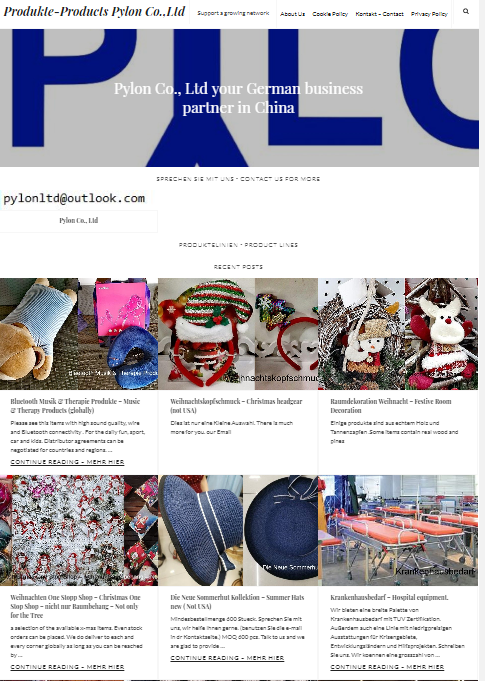Archaeological discovery demonstrates Zhejiang's vital role in the history of Chinese civilization
- Details
- Category: Ningbo News
- Published: Monday, 22 November 2021 13:06
On November 10, the Provincial Government held a press conference on "Zhejiang Archaeology and Chinese Civilization" to showcase the important contributions and brilliant achievements of Zhejiang archaeology in the history of Chinese civilization, and to demonstrate Zhejiang’s vital role as a star in the search for the source of Chinese civilization. Among them, Ningbo archaeological highlights such as Hemudu Site, Jingtou Mountain Site, Shi'ao Ancient Paddy Field Site, Shanglin Lake Housi’ao Site, Heyi Road Southern Song Shipwreck, Xiaobaijiao No. 1 in Ningbo have been mentioned one by one.
In 1973, the discovery of the Hemudu site in Yuyao and the establishment of the Hemudu culture, which shocked both China and the world, expanded the field of Chinese Neolithic archeological research. It was the first proof that the brilliant and ancient Neolithic culture also existed in the Yangtze River Basin, where is also the cradle of Chinese civilization. Recently, the Hemudu site was named one of the “Top 100 Archaeological Discoveries in a Hundred Years” in China.
The Shangshan site is the earliest relic of rice farming in the world that has been discovered so far. It proves that Zhejiang is the birthplace of the world’s rice culture, while the Yuyao Shi’ao site has discovered an ancient paddy field in three prehistoric periods (from the early Hemudu Culture to the Late Liangzhu Culture). This ancient paddy field with an area of about 80,000 square meters is the largest and oldest one discovered in the world.
Zhejiang is the birthplace of Chinese celadon. From primitive porcelain to celadon, Zhejiang occupies an important position in the history of Chinese ceramics. From the Tang Dynasty to the middle of the Northern Song Dynasty, the production center of Zhejiang porcelain industry was in Cixi area with Shanglin Lake. The Shanglin Lake kiln site group in Cixi is the central production area of Yue kiln celadon in the Tang and Five Dynasties. The kiln sites are densely distributed, the products are of high quality, and the craftsmanship is superb. It can be called a model of Yue kiln celadon. In the late Tang Dynasty, the Shanglin Lake kiln site represented by the Si'ao kiln site created the first brand of Chinese porcelain-secret color porcelain, which was installed and fired in glazed porcelain saggers, with exquisite craftsmanship and production costs. The extremely high, azure color of the product has become the pinnacle of Yue kiln porcelain.
The archaeological evidence shows that Zhejiang leads the development of the ocean. The 8,000-year-old Kuahuqiao culture unearthed the world’s earliest canoe, which demonstrates the feat of conquering the ocean by the ancient ancestors of Zhejiang. The Jingtoushan Site in Yuyao, more than 8,000 years ago, is the deepest and oldest typical coastal shell mound site discovered along the coast of China. It is the oldest marine cultural site in China and fully demonstrates the ancestors’ understanding of the ocean and the use of resources. In addition, the discovery of the shipwreck of the Southern Song Dynasty on Heyi Road and the shipwreck of the Xiangshan Xiaobaijiao I in the Qing Dynasty have also demonstrated Zhejiang’s booming overseas trade and colorful foreign exchanges








